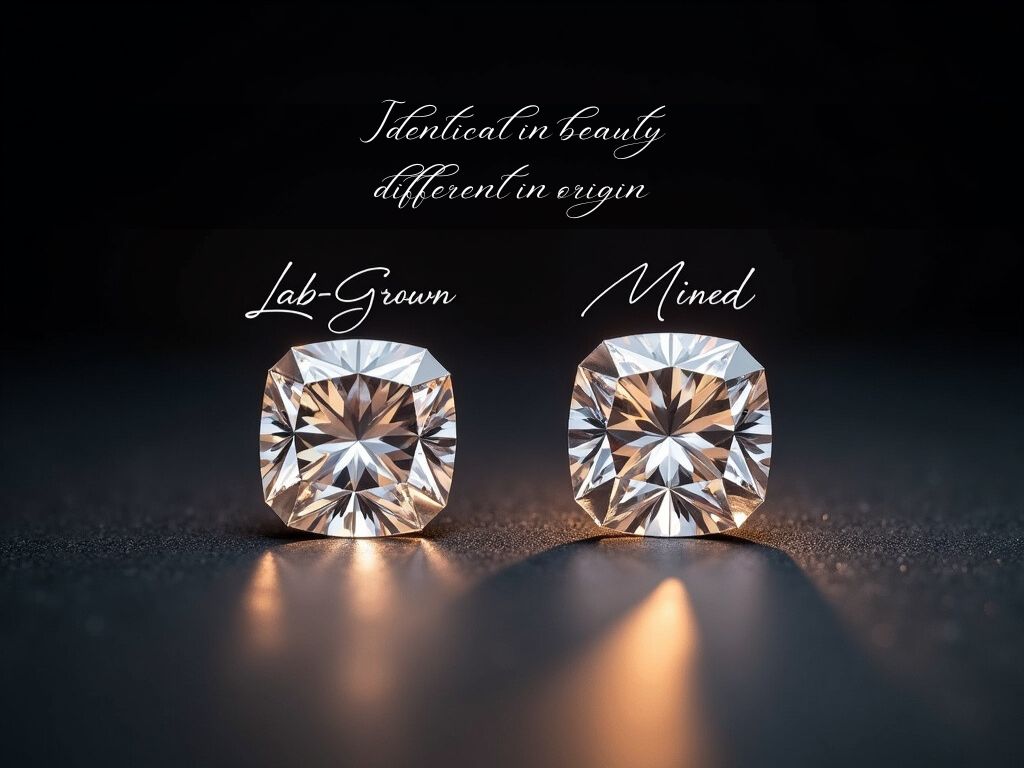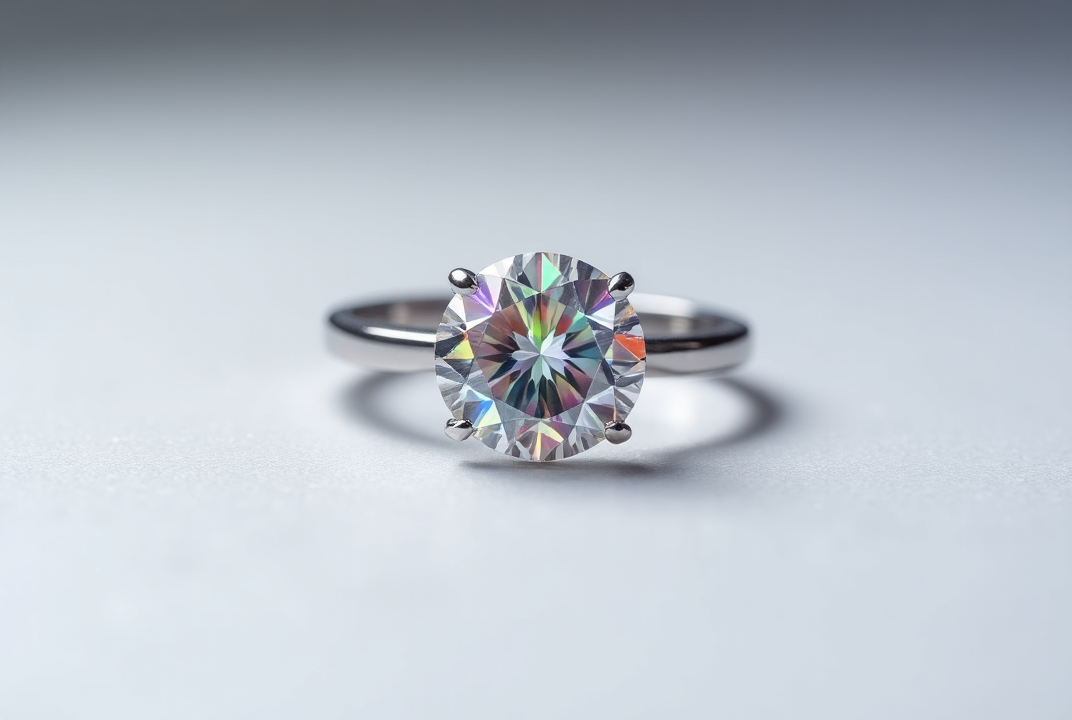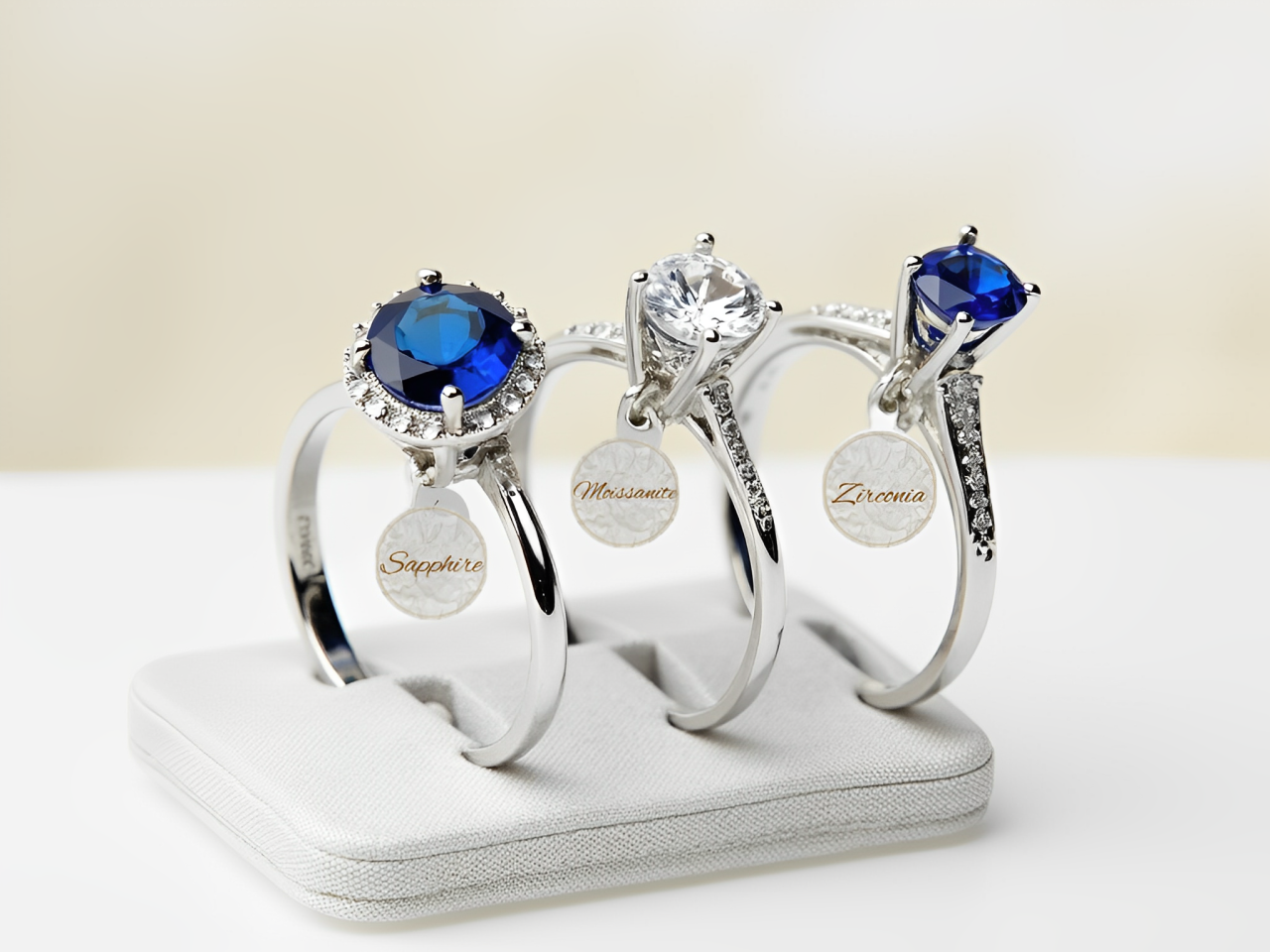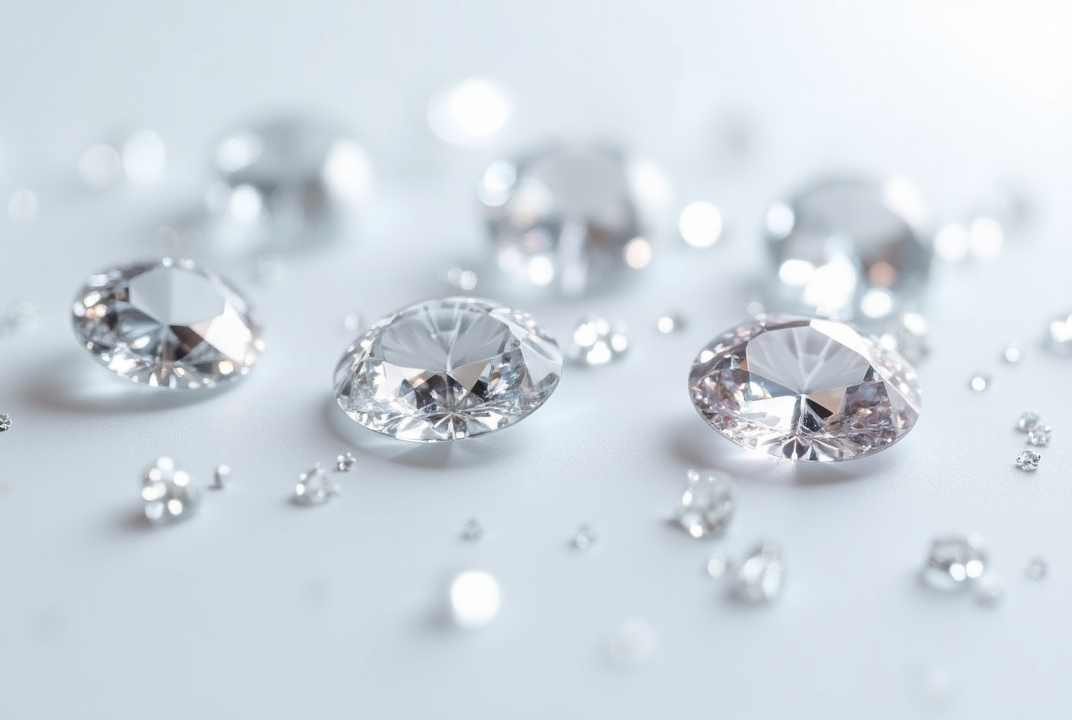For decades, natural diamonds have symbolized love, luxury, and commitment—but not everyone wants to pay a premium price or support controversial mining practices. Today, a growing number of conscious consumers are turning to ethical and affordable diamond alternatives that offer the same brilliance, durability, and elegance—without the environmental or financial cost.
Whether you’re shopping for an engagement ring, anniversary gift, or everyday fine jewelry, this guide explores the top diamond substitutes that deliver real sparkle while aligning with your values and budget.
What Are Diamond Alternatives?
Diamond alternatives (also called diamond simulants or ethical gemstones) are gemstones that mimic the appearance of natural diamonds but differ in composition, origin, and price. Some are lab-created, others are naturally occurring—but all offer compelling benefits:
- Lower cost (often 10–90% less than mined diamonds)
- Ethical sourcing (no conflict mining or child labor)
- Eco-friendlier production (especially lab-grown options)
- Comparable brilliance and hardness
The Best Diamond Alternatives
1. Lab-Grown Diamonds: Real Diamonds, Without the Mine
Lab-grown diamonds are chemically, physically, and optically identical to mined diamonds—but created in controlled environments using advanced technology (HPHT or CVD methods).
Pros:
- Same sparkle, hardness (10 on Mohs scale), and durability as natural diamonds
- 30–50% more affordable
- Fully traceable and conflict-free
- Lower carbon footprint (especially with renewable energy use)
Cons:
- Still more expensive than other alternatives like moissanite
- Resale value is typically lower than natural diamonds
Best for: Couples who want a real diamond with ethical assurance and cost savings.

2. Moissanite: The Brilliant Budget Hero
Originally discovered in meteorites, moissanite is now lab-created and prized for its fire (dispersion of light)—even greater than that of a diamond.
Pros:
- Nearly as hard as diamond (9.25 on Mohs scale)
- Exceptional brilliance and rainbow sparkle
- Extremely affordable (1/10th the price of a comparable diamond)
- Ethically produced and eco-conscious
Cons:
- Slight yellow or gray tint in larger stones (though colorless grades like “Forever One” solve this)
- Not a “real” diamond (though many can’t tell the difference)
Best for: Budget-savvy shoppers who want maximum sparkle and durability.

3. White Sapphire: Natural, Minimalist, and Elegant
White sapphire is a naturally occurring gemstone that offers a clean, icy look—ideal for those who prefer subtlety over fiery brilliance. When comparing diamond vs white sapphire, the biggest differences lie in brilliance, durability, and overall value for engagement rings.
Pros:
- Naturally mined (but often more ethical than diamonds)
- Hard (9 on Mohs scale) and durable for daily wear
- No artificial treatments needed in high-quality stones
- Softer sparkle = understated luxury
Cons:
- Less brilliance and fire than diamonds or moissanite
- Can appear slightly cloudy if not well-cut
- Still pricier than moissanite
Best for: Minimalists who value natural gemstones and classic aesthetics.

4. Cubic Zirconia (CZ): The Classic Simulant
Cubic zirconia is the most widely known diamond simulant—affordable, mass-produced, and visually convincing at first glance. The cubic-zirconia-vs-diamond debate often comes down to price, durability, and brilliance, making it essential to understand the key differences before choosing your stone.
Pros:
- Very low cost
- Colorless and sparkly when new
- Readily available in any size or cut
Cons:
- Soft (8–8.5 on Mohs scale)—scratches easily
- Loses luster over time
- Not suitable for heirloom or daily-wear jewelry
Best for: Fashion jewelry, temporary pieces, or photo shoots—not lifelong commitments.

5. Other Emerging Options
- White Topaz: Affordable and natural, but too soft (8 on Mohs) for rings.
- Lab-Grown Gemstones (e.g., spinel, garnet): Unique and ethical, but less diamond-like.
- Recycled Diamonds: Not an alternative per se, but a sustainable choice for vintage lovers.
- Morganite: Coveted for its peachy-pink hue and distinct look, a favorite for romantic and modern designs.
- Emerald and Aquamarine: Colored gemstones offer unique appeal and alternative beauty for non-traditional jewelry lovers.
Quick-Glance Comparison Table
| Stone Type | Brilliance (RI) | Mohs Hardness | Price vs. | Ethical Score |
|---|---|---|---|---|
| Moissanite | 2.65 | 9¼ | 90-95 % cheaper | A+ (lab-created) |
| Lab-Grown Diamond | 2.42 | 10 | 70-80 % cheaper | A+ (certified) |
| White Sapphire | 1.77 | 9 | 85 % cheaper | A (natural, mined) |
| Cubic Zirconia | 2.15 | 8-8.5 | 98 % cheaper | B (short life-span) |
| Radiant Cut | varies | varies | 60-90 % cheaper | A (if lab) |
Are Diamond Alternatives Worth It?
Absolutely. With advances in gemology and manufacturing, today’s ethical diamond alternatives offer:
- Beauty that rivals natural diamonds
- Durability suitable for lifelong wear
- Transparency in sourcing
- Significant savings—so you can invest in your future, not just your ring
Plus, many jewelers now offer custom settings, certifications, and warranties for alternative stones, making them a smart, modern choice.
Final Thoughts: Sparkle With Purpose
Choosing a diamond alternative isn’t about settling—it’s about upgrading your values. Whether you opt for the scientific marvel of a lab-grown diamond, the dazzling fire of moissanite, or the serene elegance of white sapphire, you’re making a conscious decision that reflects who you are.
When it comes to diamond alternatives, lab grown diamonds are the perfect balance of brilliance, sustainability, and affordability. At DiamondTrov, we craft fine jewelry with lab grown diamonds designed to shine for every occasion.
From elegant necklace pendants to timeless earrings, statement right hand rings, and romantic bridal jewelry, our pieces offer the sparkle of traditional diamonds without the ethical or environmental compromise.




Leave a Comment